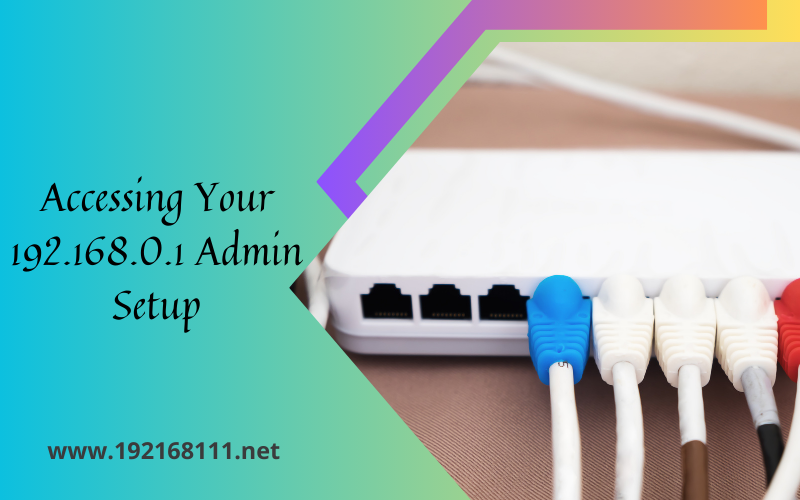Accessing Your 192.168.0.1 Admin Setup and Configuration Guide
In the world of networking, IP addresses play a crucial role in establishing connections and managing devices. One such IP address is 192.168.l.l, which serves as the default gateway for many routers. In this comprehensive guide, we will explore the intricacies of 192.168.l.l admin setup and provide step-by-step instructions to configure your network settings effectively.
Understanding 192.168.l.l:
Before diving into the admin setup process, it is essential to understand the concept of IP addresses. An IP address is a unique numerical label assigned to each device connected to a network. 192.168.l.l is a private IP address that is commonly used as the default gateway for routers. It allows users to access the router’s admin setup interface and configure various settings.
Accessing the 192.168.l.l Admin Setup:
To access the admin setup interface, you need to connect your device to the network and open a web browser. In the address bar, enter 192.168.l.l and press Enter. However, it is important to note that some routers may have a different default IP address, so it is advisable to consult the router’s manual or manufacturer’s website for the correct address. If you encounter any issues accessing the admin setup, troubleshooting steps such as checking the physical connections and disabling any VPNs can be helpful.
Admin Setup Interface:
Once you successfully access the admin setup interface, you will be prompted to enter login credentials. Most routers have default usernames and passwords, which are often mentioned in the router’s manual or can be found on the manufacturer’s website. It is highly recommended to change these default credentials to enhance the security of your network. The admin setup interface provides various sections and settings to configure network parameters, wireless settings, port forwarding, DNS, and more.
Configuring Network Settings:
Within the admin setup interface, you can configure network settings to ensure optimal performance and security. This includes managing DHCP settings for automatic IP allocation, setting up wireless networks with appropriate security protocols, configuring port forwarding for specific applications or services, and managing DNS and WAN settings for seamless internet connectivity.
Managing Devices and Users:
The admin setup interface also allows you to manage devices and users connected to your network. You can add or remove devices, set up parental controls and access restrictions to limit internet usage, create guest networks for visitors, and manage user accounts with different permissions levels.
Troubleshooting and FAQs:
While setting up the admin interface, you may encounter common issues such as forgotten passwords or connectivity problems. In such cases, resetting the router to its default settings can be a viable solution. Additionally, updating the router’s firmware regularly can improve performance and address any security vulnerabilities. Frequently ask questions and their solutions can also be find in the router’s manual or on the manufacturer’s website.
Security Considerations:
Securing the admin setup is of utmost importance to protect your network from unauthorized access. Changing default usernames and passwords is the first step towards enhancing security. Enabling firewall and encryption settings adds an extra layer of protection. Regularly updating the router’s firmware ensures that you have the latest security patches and bug fixes.
Conclusion:
In conclusion, understanding and effectively managing the 192.168.l.l admin setup is crucial for configuring network settings, managing devices and users, and ensuring the security of your network. By following the step-by-step instructions provided in this comprehensive guide, you can navigate the admin setup interface with ease and optimize your network for a seamless online experience. Remember to prioritize security by changing default credentials and keeping your router’s firmware up to date.
Also Read: 192.168.0.1 Router Login – Establishing Connections With The Extender!
